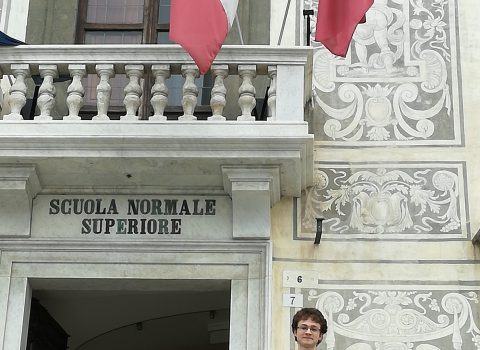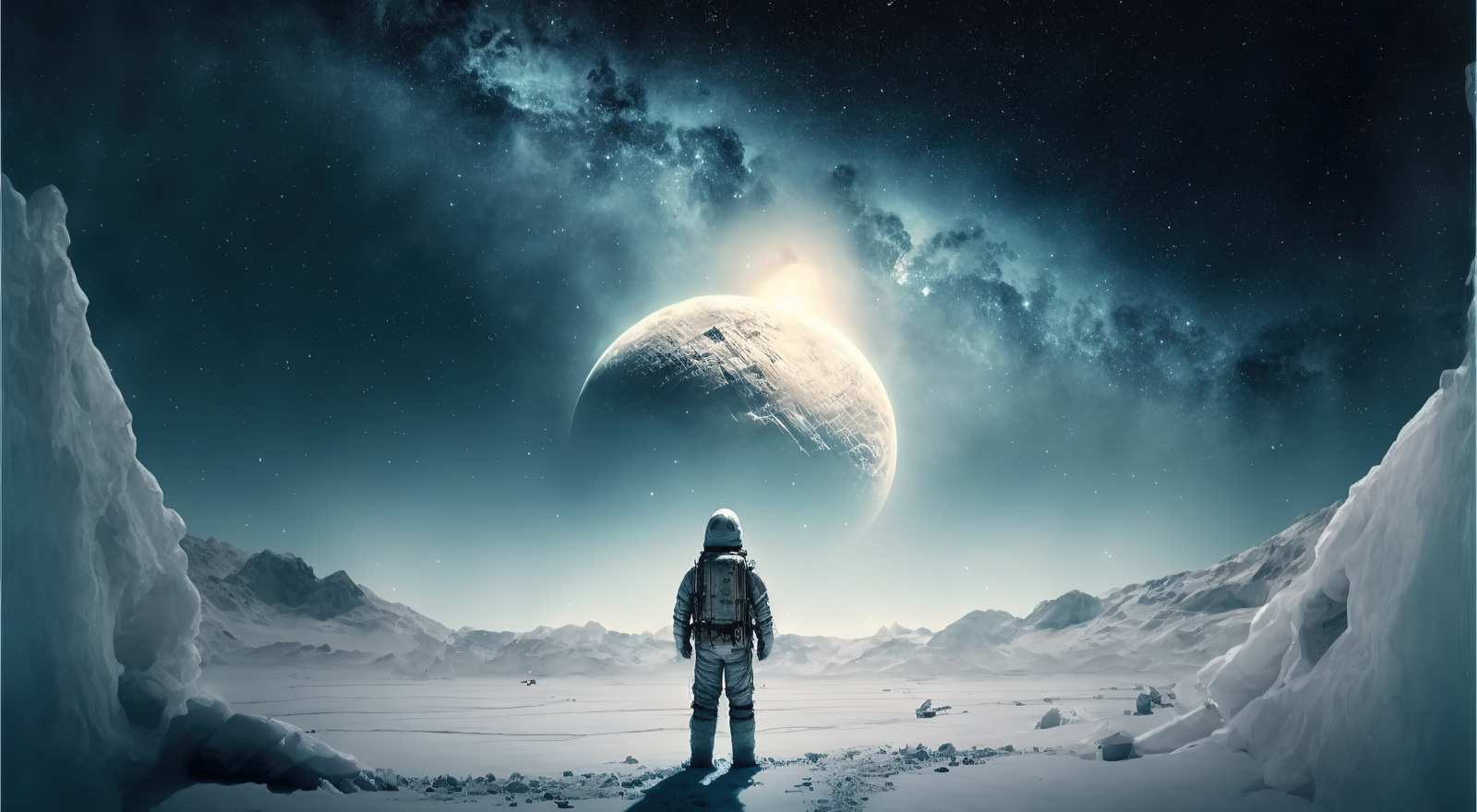
Why Antarctica?
With this article FBK Magazine starts a collaboration with the editorial staff of Vulcano Statale, the newspaper of the University of Milan. Every fortnight we will host a perspective of university students on the world of research, understood in its broadest sense.
It is December 16, 1957, coordinates 78 27′50″S 106 50′15″E, when the men of the second Soviet Antarctic Expedition, under the leadership of Alexey Fyodorovich Tryoshnikov, establish what the world would come to know as Vostok Station. There, in the heart of the Antarctic plateau, near the south pole of inaccessibility, the temperature can reach lows of -89.2 C during the cold season. One wonders why our species was interested, and still is interested, in such a place, why we did not prefer to leave Terra Australis incognita written on the planispheres. Perhaps, it is possible to answer this question by continuing to consider the Vostok base, but taking a leap forward in time.
In 1974, a seismic analysis of the region revealed anomalies in a large area of nearly 10,000 km2, about 4 km below the ice surface on which the Vostok base rests. It was discovered that these findings were due to the presence of a subglacial lake (which because of the presence of the base was named Subglacial Lake Vostok, SLV) that remained isolated from the Earth’s surface for hundreds of thousands, perhaps millions, of years. What probably engendered what Marco Del Freo calls “the flicker in the eyes of those who have been there (in Antarctica, Ed.), the gaze that suddenly comes into focus far beyond the everyday things” in those who, in ’74, were concerned with Antarctica, was the realization that the white continent was not always as we know it; it once teemed with life even inland, not just near the coasts as it is today. So, what had happened to the organisms that populated the lake before it was sealed? Had they gone extinct, or had some survivors adapted to living buried under several kilometers of ice?
Curiosity about these questions was rekindled in 1980, thanks to the activity of the Voyager 2 space probe, which photographed the surface of Europa (one of Jupiter’s moons), revealing an icy surface with a liquid ocean underneath: if life could have been preserved for hundreds of thousands of years in water buried by miles of Antarctic ice, perhaps it could have been found in Europa’s submerged oceans as well.
In 2013, the first detailed account of the analysis of ice cores from Lake Vostok was published. Unfortunately, however, the data from these samples were controversial because they were extracted from a borehole contaminated with kerosene. It was necessary to wait until the following year to get the first description of a subglacial ecosystem and it was not Lake Vostok‘s. About eight hundred meters below the surface of West Antarctica, the presence of the subglacial Lake Williams (SLW) allowed for some interesting findings. “Our findings confirm that aquatic environments under Antarctic ice support the presence of active microbial ecosystems,” wrote the scientists who conducted the observations.
This time the drilling and access operations to the subglacial lake were conducted with the aim of preserving its characteristics, avoiding the introduction of external microbiota and other material into SLW, and there was no possibility of misunderstanding: 800 ± 1 m below the surface of West Antarctica was a complex assemblage of microorganisms that included not only autotrophs (which feed by harnessing energy from inorganic sources, such as plants, for instance), but also heterotrophs (which feed on other organisms).
This study, in addition to extending the knowledge we have of the Planet, expands our horizons of research. As Professor Priscu, one of the authors of the Lake Whillans research, puts it, “Now that space exploration is entering its sixth decade, we have, for the first time in human history, the tools and techniques to address questions about the habitability of worlds beyond Earth. The icy moons of the outer solar system, worlds such as Europa and Enceladus, which orbit Jupiter and Saturn, respectively, are covered with ice and conceal oceans that contain a far greater volume of water than is found on Earth. These oceans are there today and have probably been there for most of the history of the solar system, making them an ideal environment in which to search for extraterrestrial microbial life, and in which to examine a possible second, independent origin of life.”
So, perhaps, the reason that drives some people to environments such as Antarctica is not only the unquestionable fascination of the continent, but the opportunity in these places to come into contact with unexpected scenarios, unknown organisms, unforeseen dynamics. It is about the opportunity to establish an intimate dialogue with Reality, which might allow us to go beyond the usual relationship we have with it, that of mere observers and listeners. Such overcoming fulfills us profoundly, for when one has the opportunity to peer into the infinite beauty of the fragments of the web of Reality, one cannot help but fall in love with it.
As Professor Barbante, also the author of the SLW study, writes: “I remember very well that at the end of my first mission, as soon as I set foot on the deck of the Italica ship that would take me back to New Zealand, I immediately started thinking on how I could return to that magical continent. An overwhelming and all-consuming passion, a kind of Africa sickness or rather Antarctica sickness from which, I discovered, thousands of researchers suffer […].”
[1] The point on the Antarctic continent farthest from any coastline..
[2] Al-Khalili J., McFadden J., (2015), La fisica della vita, Bollati Boringhieri, Torino, pp. 219-221.
[3] Del Freo M., (2000), Orizzonte bianco, scoperte scientifiche e avventura umana nella base italiana in Antartide, Sperling & Kupfer, Milano, p. 26.
[4] Campioni di ghiaccio ricavati tramite carotaggio dai ghiacciai o dalle calotte polari.
[5] Shatarkman Y.M., Kocer Z.A., Edgar R., Veerapaneni R.S., D’Elia T., Morris P.F. e Rogers S.O., (2013), Subglacial Lake Vostok (Antarctica) accretion ice contains a diverse set of sequences from aquatic, marine and sediment-inhabiting bacteria and eukarya, PLOS One, vol. 8: 7.
[6] Christner C. B., Priscu C. J., Achberger M. A., Barbante C., et al., (2014), A microbial ecosystem beneath the West Antarctic ice sheet, Nature, vol. 512.
[7] Priscu C. J., Laybourn-Parry J., Häggblom M., (2014), Polar and alpine microbiology in a changing world, FEMS Microbiology Ecology, vol. 89.

